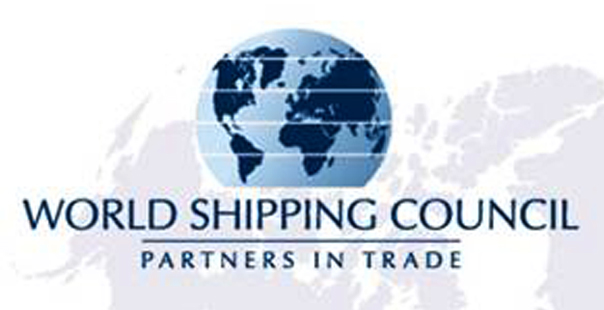|
According to the World Shipping Council, Global ports handle a variety of traffic other than containerized shipments. Therefore, there are multiple ways to measure port activity. The American Association of Port Authorities have produced a "World Port Rankings" for the top 100 ports in the world in 2016 based on both cargo tonnage and container traffic. In order to get a more accurate measure fo the most active container ports one must rank based on container traffic, measured in TEU. 
As the largest exporter of goods moving on container services, Shanghai, China ranks as number one in the top fifty global container ports. Furthermore, Singapore still ranks as number two mainly because it is an important hub where containers from one-liner service are transferred to another liner service for on-carriage to their final destination. The tiny country of Malta has risen to a major world port by developing a transhipment hub on the island. The top 50 container ports in 2018 represent over 30 countries demonstrating the truly global nature of the liner shipping business and the importance of the network of ports that facilitate timely and efficient ship and cargo movement. Container ships make about 9,000 port calls, and vehicle vessels about 1,000 port calls per week. This means workers at ports worldwide load and unload more than 10,000 liner ship stops per week. The average ship makes about 2 port calls per week. The Deep Draft Lubricant Association members play a key role in helping the international shipping community manage their business while in port or at sea. In port, our delivery ageant members facilitate the delivery & loading of lubricating oils used on board the ship. These oils include the following: Cylinder Oils for the large, powerful, slow turning engines that provide thrust for the ship. Diesel Engine Oils for auxilary engines and generators. Hydraulic Oils for a variety of ships systems utilizing hydraulics for power. Due to the potential for releasing these petroleum products to the water, transfer operation must be conducted according to strict industry & regulatory guidelines. Our Delivery Agent Members transfer approximately 75 Million gallons of bulk and packaged lubricants at U.S. ports alone. In addition to managing the lubricant transfer operations, our delivery agent members must manage the entire process within the tight timelines available during loading or unloading operations. |
